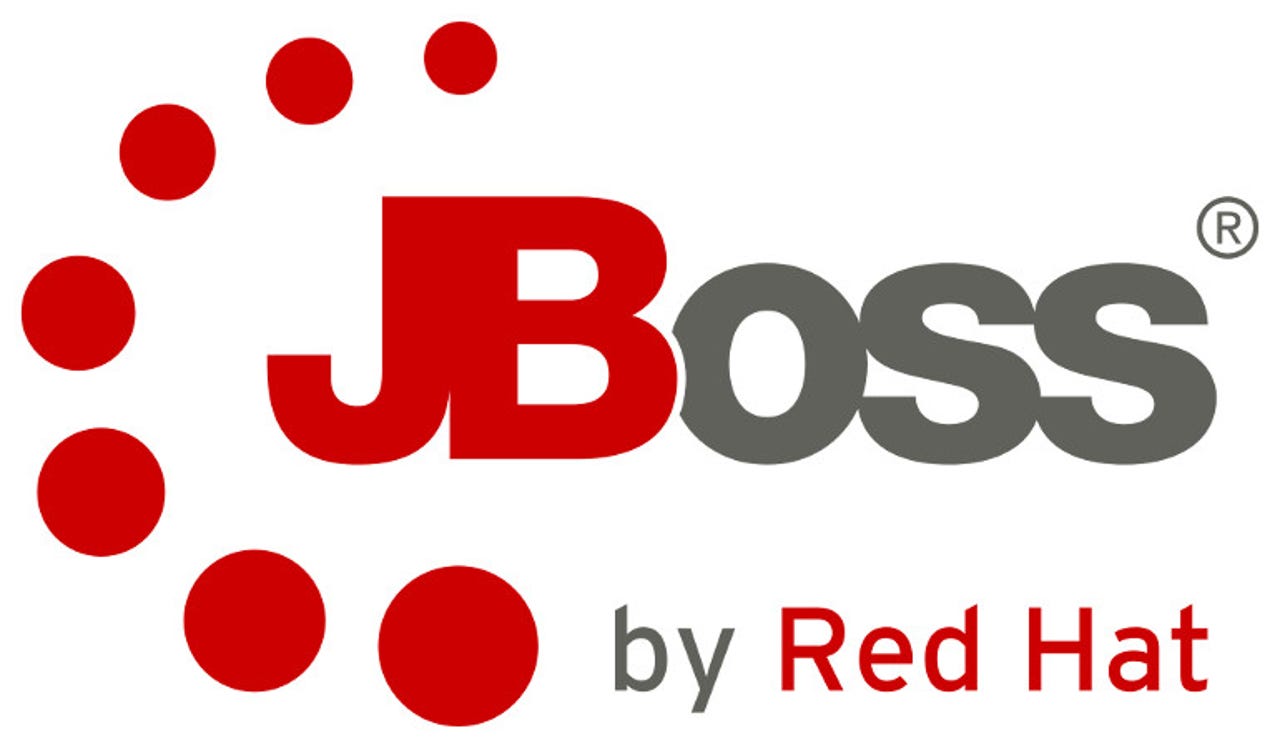Red Hat's JBoss moves to the cloud

At Red Hat Summit in San Francisco, Red Hat announced the release of Red Hat JBoss Enterprise Application Platform (EAP) 7. The company also introduced the JBoss Core Services Collection to help developers create JBoss enterprise applications.

JBoss is now cloud-ready.
JBoss is a leading open-source Java Enterprise Edition (EE) 7 compliant application server. JBoss EAP 7 also includes the widely deployed Java EE 7 APIs. This middleware stack is designed to help enterprises move their Java server applications from servers to the cloud with a lightweight, highly modular, cloud-native platform.
JBoss EAP 7 has been optimized for cloud environments. Specifically it's meant to be used with Red Hat OpenShift. This is Red Hat's Platform-as-a-Service (PaaS) cloud.
With OpenShift, Red Hat promises that the new JBoss offers the benefits of containers, load balancing, elastic scaling, health monitoring, and the ability to deploy to a container directly from the IDE. Put it all together and JBoss EAP and OpenShift should make developers much more efficient.
In addition, JBoss EAP with OpenShift comes with an architecturally efficient DevOps environment. The JBoss middleware stack also comes with its own integrated development environment (IDE), JBoss Developer Studio.
This IDE can be used at no cost by members of the JBoss or Red Hat Developer communities to build, test, and deploy applications on-premise or in the cloud. JBoss EAP also supports Jenkins, Arquillian, Maven, and several popular Web and JavaScript frameworks. In short, JBoss EAP provides a complete Java EE middleware stack and development tools for the cloud.
Red Hat is not abandoning its server customers.
Mike Piech, Red Hat's middleware vice president and general manager, explained in a statement: "Organizations should be able to choose when and how they move to new architectures and programming paradigms. This freedom is a hallmark of open source, and something we embrace at Red Hat. With JBoss EAP 7, we are addressing the needs of both enterprise IT and developers with a balanced vision designed to bridge the reality of building and maintaining a business today with the aspiration of IT innovation tomorrow."
At the same time, Red Hat is introducing JBoss Core Services Collection. This provides common foundational building blocks for enterprise applications. These include: Web single sign-on; HTTP load balancing; and proxying; and applications and services management and monitoring capabilities. This package comes as part of a Red Hat JBoss Middleware subscription at no additional charge. Red Hat customers receive full online and phone support, updates, patches, and security fixes for each component version.
Technologies currently receiving full support entitlements in JBoss Core Services Collection include Red Hat JBoss Operations Network, which provides a centralized management point for all Red Hat JBoss middleware products. The services included with a JBoss Core Services Collection subscription:
- JBoss Operations Network, a monitoring and management server which is designed to manage JBoss middleware and Java applications.
- An integrated single sign-on server based on the JBoss Keycloak project. This supports SAML-based authentication, OAuth, and other open protocols for simplified authentication management
- The ever-popular Apache HTTP server
- The Apache Commons Jsvc daemon, which optimizes Java performance on Unix-based systems
- Connectors for other web servers, such as Microsoft IIS and Oracle iPlanet
JBoss EAP and JBoss Core Services Collection are available for download by members of the Red Hat Developers community. Customers can get the latest updates from the Red Hat Customer Portal.
Related Stories: